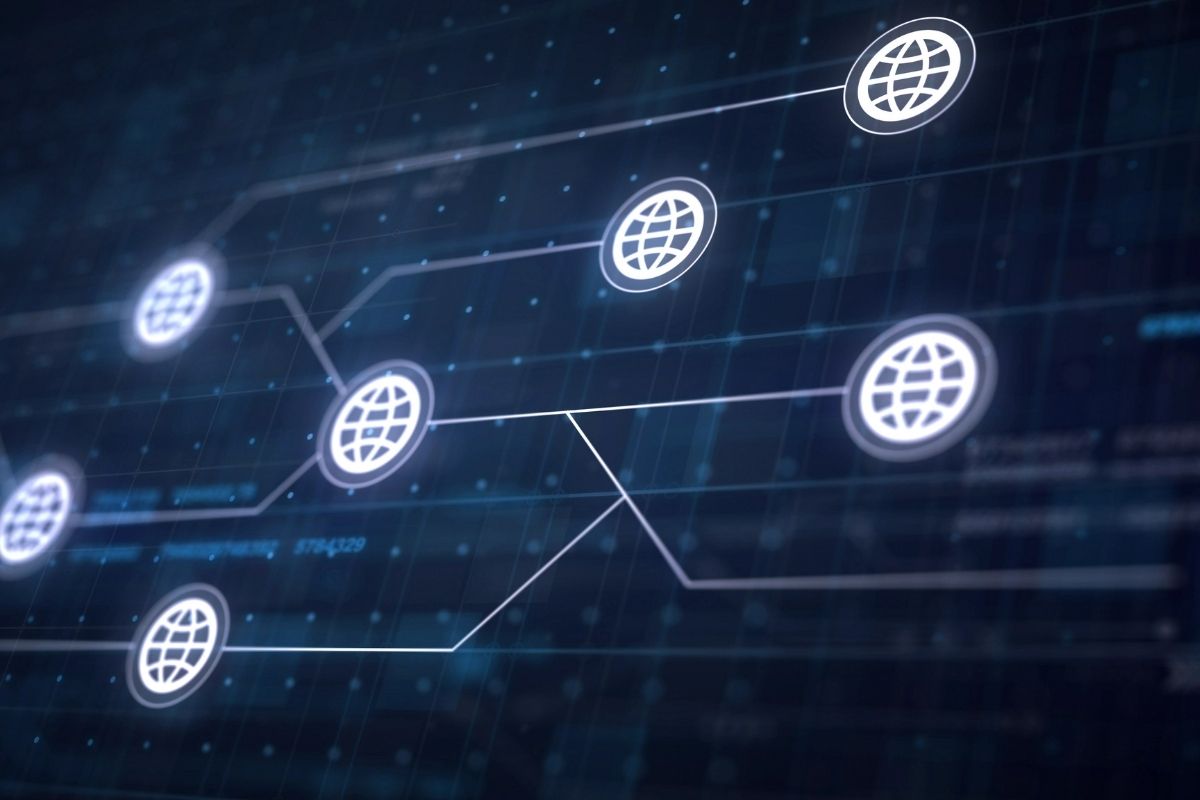
India’s high-income equality is popularly known globally, but income is not the only segment with a divide amongst the population. During the ongoing pandemic, connectivity has become a very crucial element in our lives as it acts as a medium of not just communication but also information exchange. Contrary to the increase in smartphones sales in India, millions of people still do not have access to the internet. There is a considerable digital divide amongst the urban and rural parts of the country. In simple terms, the digital divide is the gap in the number of people who have access to basic technology like mobile phones, computers and the internet and those who don’t.
With the pandemic forcing work and learning to go online, people lacking access to these basic technologies subsequently lose opportunities to work or learn online. Another major use case of the internet, especially amidst the pandemic, is information sharing. Information that can be accessed on the internet, including information and update on the virus, updates and schedule of vaccinations, makes the repercussions of the digital divide evident. There are two main concerns because of which a digital divide exists in India.
Accessibility in Rural Areas
The Indian Government has spent billions of dollars developing internet connection in rural areas of the country over the last few years. However, there are still thousands of rural areas, including villages, where the mobile networks of most major telecom operators are non-existent. Bridging the digital divide gap between urban and rural areas is difficult because rural broadband expansion is costly, and the procedure is time-consuming. The location factor also comes into play as most telecom operators have their mobile network infrastructure set up in urban areas.
Affordability Is Less Common Than It Seems
It has only been a couple of years since internet services prices have come down, expanded the customer base and increased usage of the internet in a multifold fashion. However, according to a survey by the Pew Research Center, almost half of the Indians who do not have access to the internet state that the reason behind it is the high cost involved. As the telecom operator face extreme competition with each other, they bring down the price of their services, making them more affordable than the other. However, the study results show that the affordability of the internet and the basic technologies are less common than it seems.















